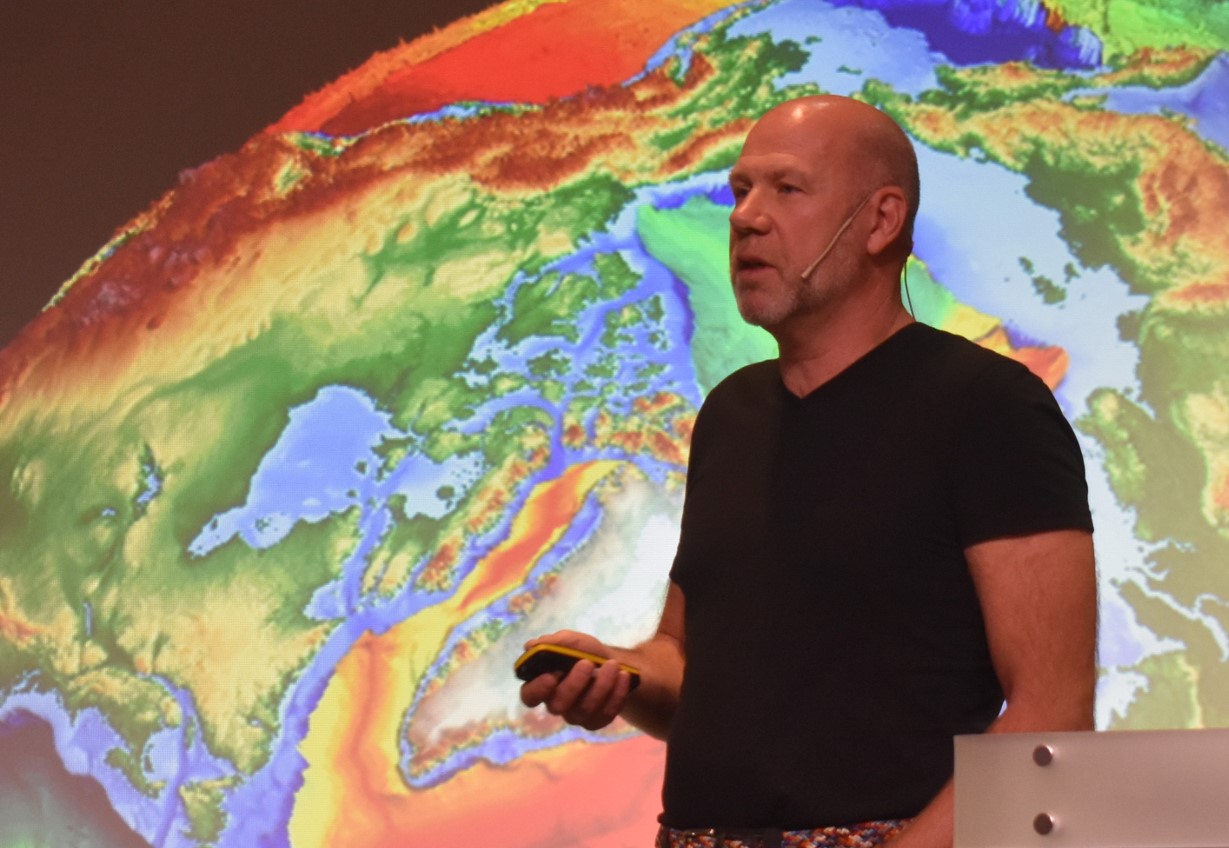There were 90 producing fields on the Norwegian shelf at the end of last year. Production from the Johan Sverdrup field made oil production higher in 2020 than in 2019.
“Four new fields were put on production (Tor, Skogul, Ærfugl and Dvalin), and they all make use of existing infrastructure,” oil director Ingrid Sølvberg said in her presentation “The Shelf 2020” last week.
«Skogul [9,8 MMboe recoverable] is one of the smallest fields that have been put on production on the NCS, while Tor [with 304 MMboe recoverable] is the very first field that has been re-developed on the NCS,” the oil director said.
Tor
Tor is a field in the southern part of the Norwegian sector in the North Sea, 13 kilometres northeast of the Ekofisk field. The water depth is 70 metres. Tor was discovered in 1970, and the plan for development and operation (PDO) was approved in 1973. The field started producing in 1978. Tor was shut down in 2015, and the facility will be removed by the end of 2022. In November 2019, a new PDO for the redevelopment of the field was approved. The plan includes two subsea templates with eight horizontal production wells, tied-back to the Ekofisk Centre. The reservoir contains oil and gas in fractured chalk of Late Cretaceous age in the Tor Formation and of early Paleocene age in the Ekofisk Formation. The reservoir depth is 3,200 metres. Source: norskpetroleum.no

Four new fields put on production last year have recoverable reserves of close to 500 MMboe.
Sølvberg went on and said that “these are the types of field developments we will see even more of in the future. Therefore, it is essential that the infrastructure is maintained and made available for phase-in of additional resources.
Sølvberg emphasized that this makes it very important to maintain infrastructure and make it available for future developments. Future stand-alone developments also need to be constructed in such a way that potential new discoveries can be included.
Small discoveries also create value
History over the past 20 years has shown that smaller discoveries, with volumes up to 25 million standard cubic metres of oil equivalent (160 MMboe), together contribute to more value creation than the larger discoveries made during the same period.
Unit costs tell us something about profitability. This is the cost per barrel, and it includes all costs associated with exploration, development and operation.
According to the NPD’s calculations, the average unit cost for discoveries in the period from 2010-2019 is USD 21 per barrel, while the average oil price during the same period was nearly USD 80 per barrel. This difference underlines the vast values generated during the period.





